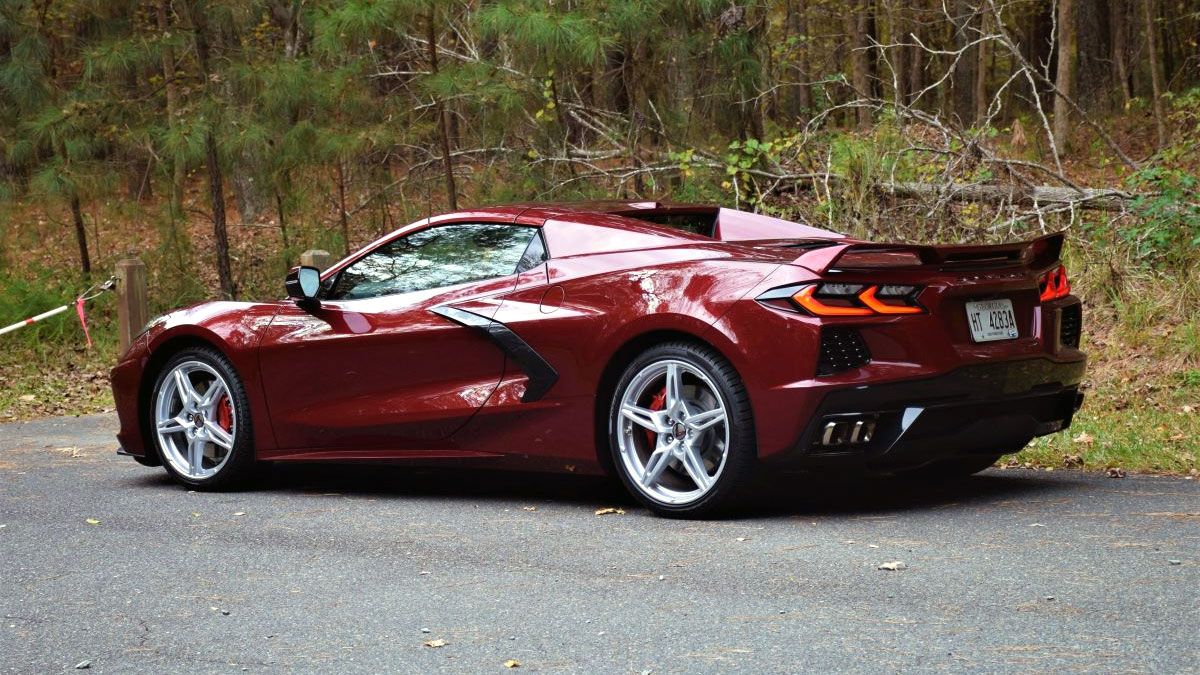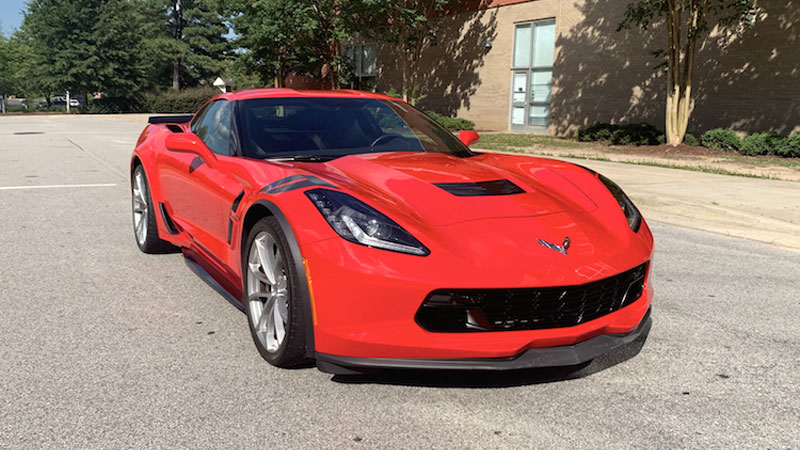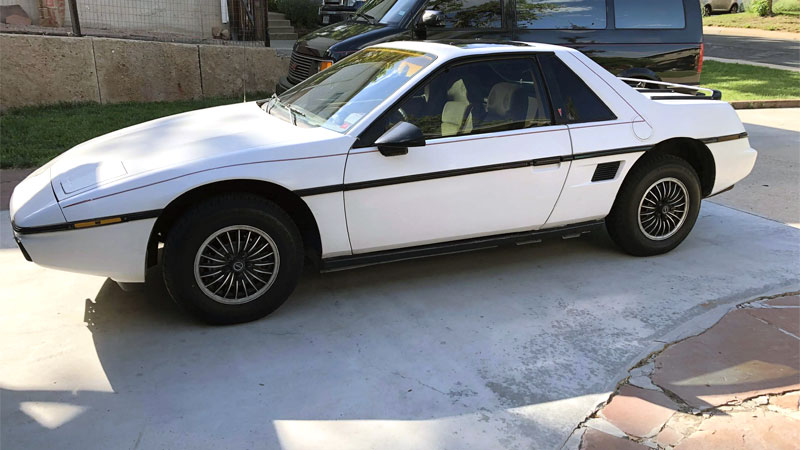2021 Chevrolet Corvette Stingray (Mid-Engine Masterpiece)
A new mid-engine layout for the venerable Corvette. Decades after developing prototypes of a mid-engine variant, the Corvette assumed that format beginning in 2020, which also represents the launch of its eighth generation. Known as the C8, the latest Corvette is an absolute head turner and a veritable bargain in … Read more



